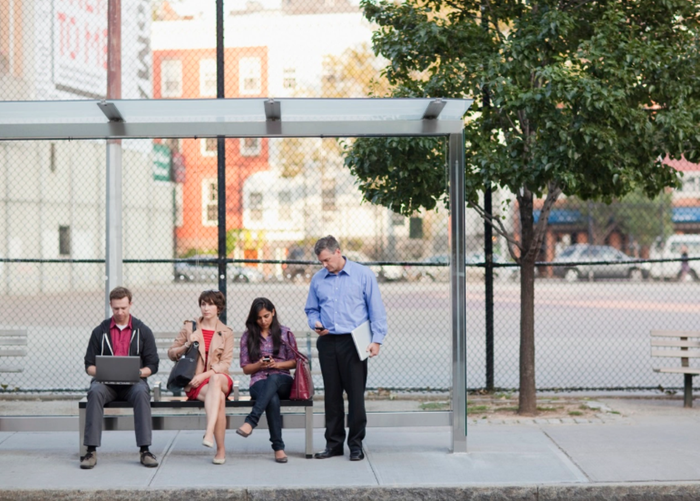Digital Twin of St. Peter’s Basilica Brings Interactive Experience to HomesDigital Twin of St. Peter’s Basilica Brings Interactive Experience to Homes
The Vatican teamed with Microsoft to unveil the AI-powered digital twin experience

The Vatican has teamed with Microsoft to create an AI-powered digital twin of St. Peter’s Basilica allowing those celebrating the Holy Year in 2025 to experience it virtually, no matter where they are.
Millions are expected to travel to Rome next year for Holy Year celebrations, making the virtual experience even more meaningful for those who cannot attend in person
Set to go live this month, the digital twin includes immersive virtual views along with an app and interaction features.
Cardinal Mauro Gambetti, archpriest of the basilica, told reporters at a Vatican news conference recently that by using AI technology, the projects “help people weave together the historical, artistic and spiritual meanings connected with the world's largest church.”
The concept for the new services came about during a visit to the basilica in 2022, when Gambetti and Microsoft president Brad Smith were admiring Michelangelo's La Pietà statue. They agreed it would be valuable to share the significance of these iconic artworks in a manner that is both "understandable and accessible" to a wider audience.
The initiative also stems from Microsoft's collaboration with Vatican officials that began in 2018, when they launched the "Rome Call for AI Ethics," a global commitment by organizations to uphold key ethical principles in the development of emerging technologies.
The digital twin was built through a combination of photogrammetry, AI and digital preservation, Microsoft said.
“Taking photos of every detail of a massive historic cathedral and piecing them all together sounds daunting, especially in less than a month, but with AI, it’s possible,” according to Microsoft. “Iconem, a leader in digital preservation based in Paris, uses advanced photogrammetry and AI to create 3D replicas of the world’s most famous historic landmarks and archaeological sites.”
Iconem created the digital twin of the Basilica by taking more than 400,000 high resolution images and spending three weeks scanning the Basilica with the help of drones, cameras and lasers. All that was processed by Azure before it was securely backed up and stored in Azure Cloud.
“AI-generated imagery taken from Iconem’s photogrammetry data enhanced visualization of both the interior and exterior of the Basilica, allowing visitors to explore every intricate detail from anywhere in the world,” Microsoft said.
Along with the digital twin, St. Peter's Basilica is also launching a new website with virtual views, religious celebration streaming and podcasts. Additionally, starting in January, students around the world would be able to explore the basilica on Microsoft’s game-based learning platform, Minecraft Education.
About the Author
You May Also Like
.png?width=100&auto=webp&quality=80&disable=upscale)
.png?width=400&auto=webp&quality=80&disable=upscale)






